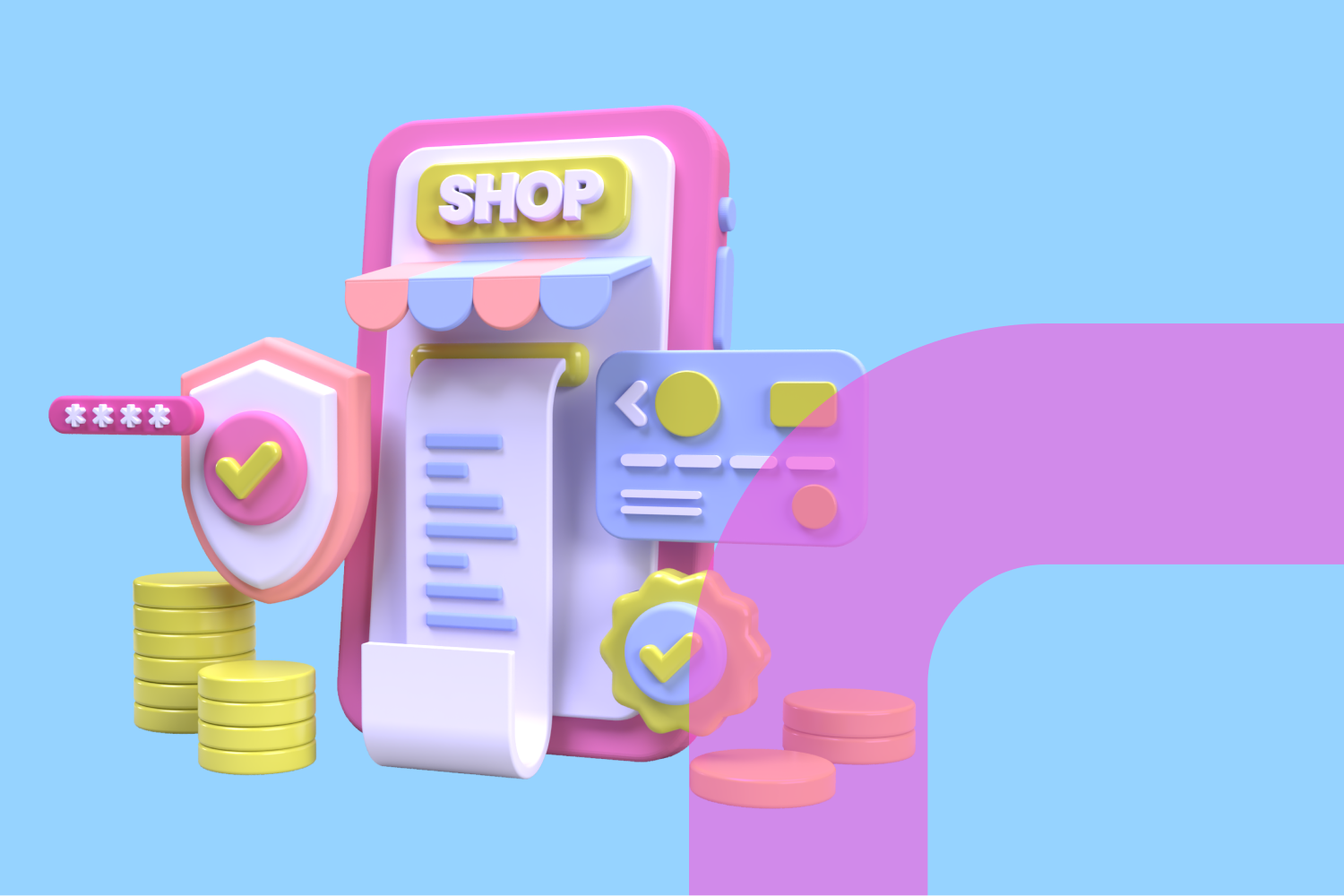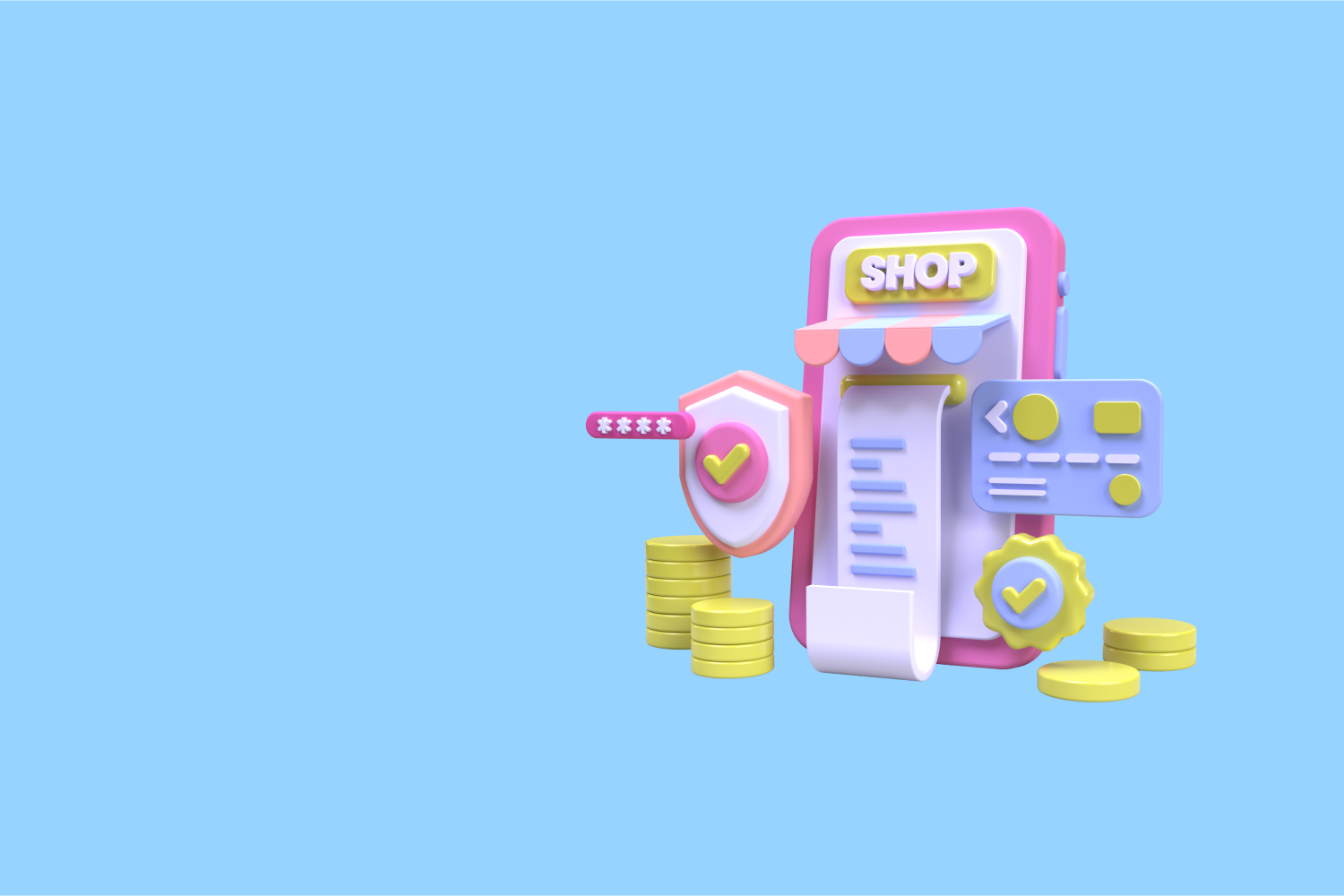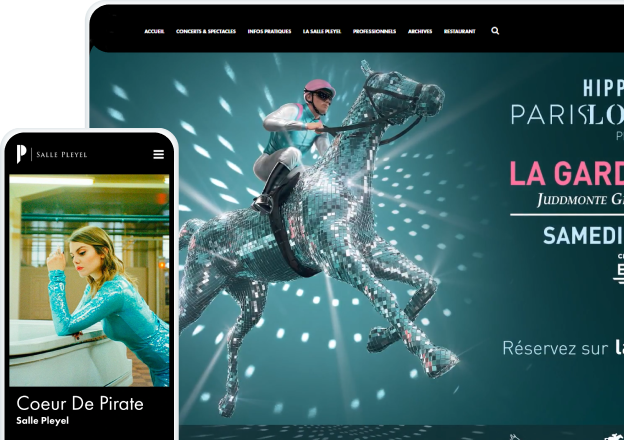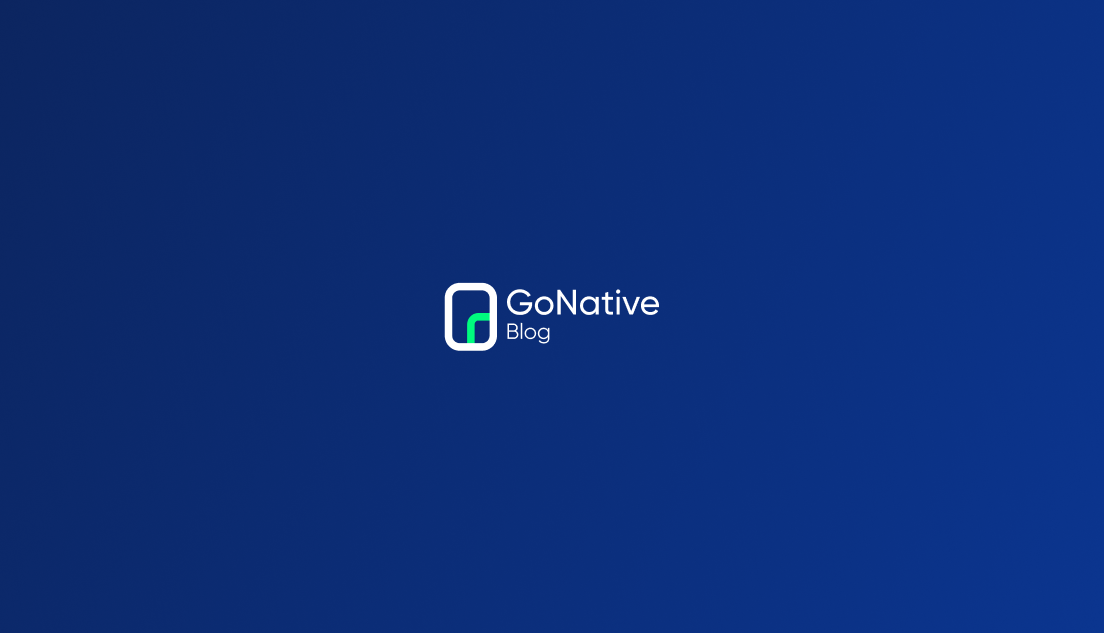TL;DR: High-converting apps aren’t created overnight. Most only see success after investing time in testing, seeking out audience feedback, optimizing their UX, and adding powerful plugins and features that encourage engagement. Here, we walk you through how to make the most of your e-commerce app by putting your users first and following these simple best practices to help it convert, engage, and sell.
We cover everything you need to know about increasing engagement, sales, and overall conversions in your e-commerce app, but here’s a quick cheat sheet:
- Add push notifications. Send users short, exciting messages about how they can save.
- Make logging into your app a frictionless experience. Speed up a user’s access to your app by offering a frictionless and fast login experience.
- Enable in-app ads. Make mobile ads a seamless part of the user journey and drive revenue.
- Build an email following via in-app subscriptions. Grow your email subscription list by helping users sign up for it more easily (via your app).
- Make buying (and selling) easier by offering in-app purchases. Make paying easier by offering one-click purchases, and a variety of payment options and providers.
- Build loyalty with in-app rewards. Incentivize users with sales and points programs that will keep them coming back.
- Lead with good UX. Design an app that puts the user experience first, and helps them to complete their in-app goals.
- Give app users the opportunity to provide feedback. Get direct responses about your app experience by inviting users into the conversation, and put it into action.
Want to be an expert on mobile commerce apps and increase conversion? Keep reading.
Why is having a mobile app important for your business?
Users increasingly value making purchases using mobile apps, instead of having to navigate old-school websites. E-commerce apps offer convenient, faster, personalized user experiences, and are increasingly reaping the rewards of being mobile-first.
But not every app is a commercial success right from the beginning. Those that succeed make use of important customer-first strategies that both value the end user and benefit a business’ bottom line.
8 great ways to boost your e-commerce app’s revenue and conversion rates
1. Add push notifications
Push notifications are messages that users receive when they’re not actively using an app. The content of a push notification should be something exciting, like announcing a sale, the release of a new product or service, or a newsworthy item relevant to the user’s interests. Use push notifications to encourage users to visit your app to receive discounts and deals, and engage with your app.
Data shows that push notifications can increase daily active users by up to 27%, which increases your app’s opportunities to sell.
TIP: Adding push notifications to your mobile app is easier than you might think. Read our how-to on writing push notifications that engage and convert, as well as our OneSignal puch notification setup guide.
2. Make logging into your app a frictionless experience
Generally, the more steps there are and the longer it takes to complete a task in order to engage with your app, the more likely users are to drop-off during the process. Ease of use should be evident right at the beginning of the customer journey — which is why any initial login or signup experience should be quick and frictionless.
TIP: Reduce abandonment rates by giving users the option to login through less taps and less fields to fill. For instance, Social Login lets users sign up or log in through Facebook Login, Google Sign-In, or Apple Sign-In.
3. Enable in-app ads
While there is a common idea that mobile ads can turn off an audience, generating revenue through advertising doesn’t need to be at the expense of your users. When they follow app UX best practices, mobile ads can feel like a seamless part of the experience and help generate revenue.
Another way to benefit from mobile advertising is offering ad-free experiences if users upgrade their accounts. This allows users to customize their experience, and also helps generate revenue.
TIP: Need more direction with setting up in-app ads? GoNative can help you implement two kinds of native ads: banner and interstitial as well as support for web-based ads within your native app. Take a look at our handy documentation on setting up mobile advertising with Google’s AdMob platform.
4. Build an email following via in-app subscriptions
Email marketing continues to be an effective conversion method. Many users opt into email subscriptions because of the personalized ability to curate your inbox’s content. Your subscription emails don’t have to be spammy, either: when done correctly, they can provide practical and helpful information, and inform users about deals and featured products they won’t want to miss — and raise your click through rate (CTR) and conversions in the process.
TIP: Grow your email subscription list by helping users find it via an in-app subscription method. Tell them what they’ll gain by subscribing (like inside information on sales, or personalized tips). You can also build trust by letting users know that their information is private, and that they’ll have the option to unsubscribe at any time (it’s good legal practice, anyway).
5. Build customer loyalty with in-app rewards
Loyalty is a retention strategy based on building trust and incentivizing customers to return to your app, as well as encouraging them to refer your business to others. Loyalty programs reward repeat customers through programs like points they can exchange for discounts, coupons, or even freebies.
TIP: Add an in-app loyalty feature that rewards users in the moment, and give them the option to redeem their points or rewards in-app.
6. Lead with good UX (user experience)
Good app UX means understanding who your users are and what motivates them, and then designing products and navigation options based on this knowledge. Ultimately, UX should put your users first and help them complete their goals.
Deep critical thinking and planning goes into good UX, and a designer can help you build your app to be user-first. To start, UX leaders Nielsen Norman Group say that regardless of whether your app is business-to-business (B2B) or business-to-consumer (B2C) it should: “establish a clear information architecture, include compelling content, offer details about products and services that users care about, and have simple, understandable interaction design.”
There’s plenty of studies on the ROI of UX, and it just makes sense that when you invest in your users, they’ll invest in you.
7. Give app users the opportunity to provide feedback
UX research is a critical part of app design, even after a product has launched. Knowing your users’ pain points with your current offering helps you know what changes to make to improve the customer journey. Why? Because the better the product, the more downloads and daily active users, the more opportunities for sales. Plus: App store reviews — both quantity of reviews and the average rating — also help improve conversion to download.
TIP: Solicit feedback from your users through in-app surveys and spend time reading app store reviews. Check out our guide to the App Review native plugin to start actively getting powerful feedback from your users.
8. Add a powerful promotional banner to your website
Let users know about your app by adding a banner to your website that encourages them to download your app now. Website banners with a strong CTA and strategic positioning can only help you in driving customers to your app, thus increasing engagement and driving purchase conversions.
TIP: Many e-commerce websites have set a strong precedent with promoting their apps strategically on their website. As an example, check out Nike’s “Only in the Nike App” banner (See Figure 1 below) and Amazon’s “Get real-time delivery alerts with the Amazon Shopping app” banner (See Figure 2 below), both strategically placed at the bottom of the screen, in the thumb zone, and with a clear CTA and persuasive copy to help drive sign-ups.
Powerful native plugins can boost conversions in your mobile app
Apps that see successful conversion rates and ongoing sales are reaping the rewards of having some common characteristics: they are supercharged with native functionality; they have made it easy for users to discover other means of engagement like subscription lists and native ads; and they make the UX experience as frictionless as possible.
Luckily, we’ve made it easier to set your app up for sales success. If you’re interested in increasing engagement via powerful plugins, visit our Native Plugin Library — you’ll be surprised by how much is possible. Need help optimizing your app with conversion-focused plugins? That’s easy, too: opt for Full-Service, and our team will take care of configuring both push notifications and native plugins (and more!).












